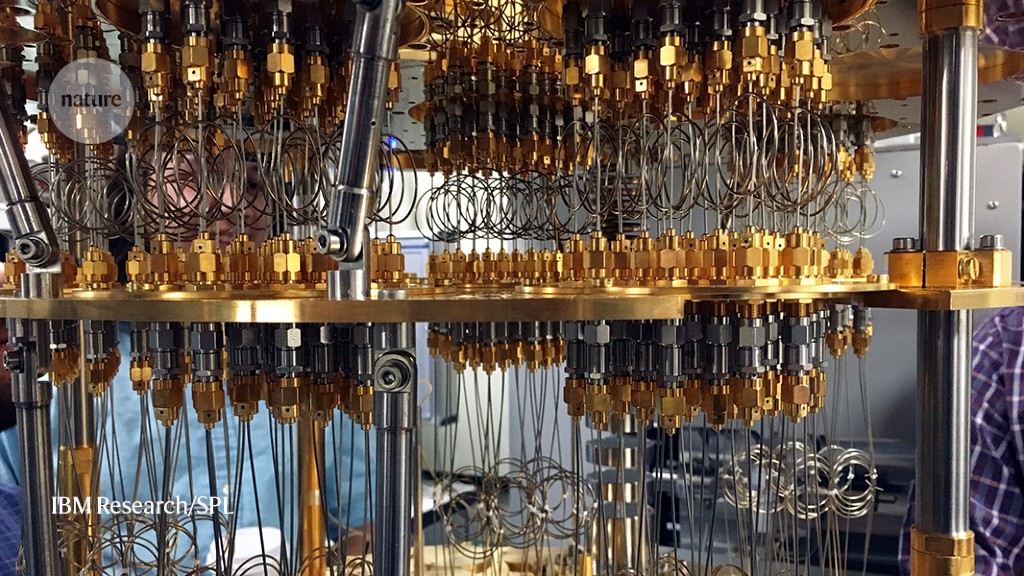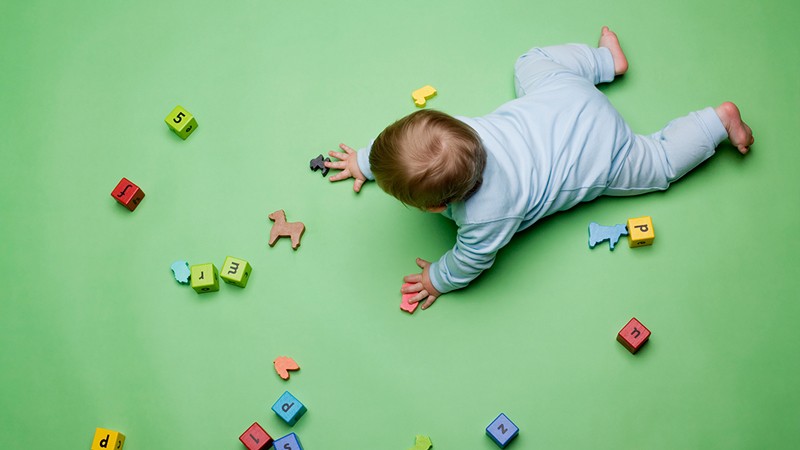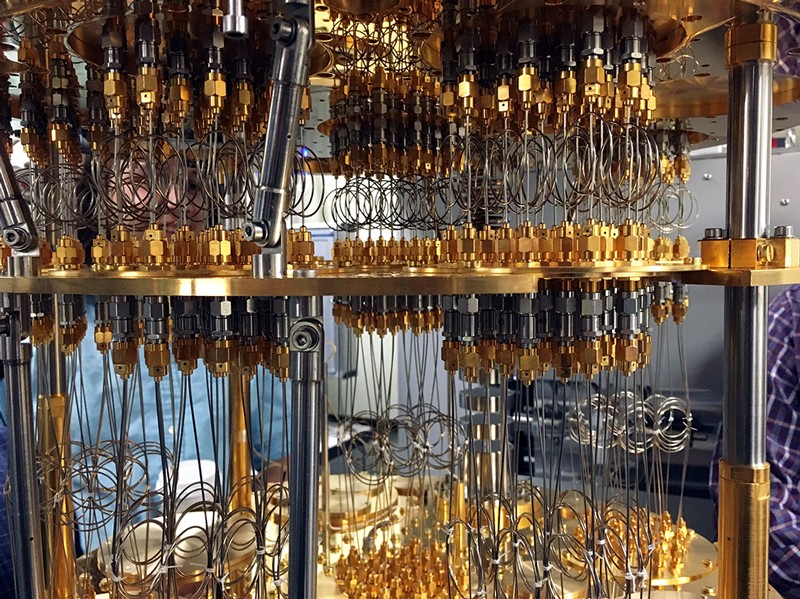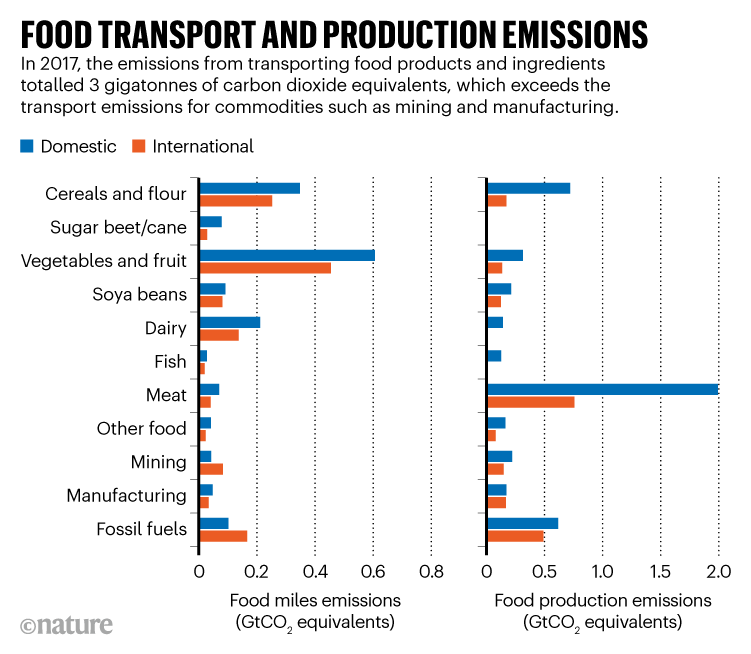Neural network learns simple physics like a baby
Inspired by research into how infants learn, computer scientists have created a program that can pick up simple physical rules about the behaviour of objects — and express surprise when the objects seem to violate those rules (L. S. Piloto et al. Nature Hum. Behav. https://doi.org/h4qp; 2022).
Researchers trained a neural network — a software system that learns by spotting patterns in large amounts of data — using animated videos of simple objects such as cubes and balls. The network, named Physics Learning through Auto-encoding and Tracking Objects (PLATO), was trained on tens of hours of videos showing simple mechanisms such as a ball rolling down a slope or two balls bouncing off each other, and developed the ability to predict how those objects would behave in different situations.
When shown videos of ‘impossible’ events, such as an object suddenly disappearing, PLATO could measure the difference between the video and its own prediction, providing a measure of surprise.
PLATO’s creators say that it was not designed as a model of infant behaviour, but could be a first step towards artificial intelligence that can test hypotheses about how human babies learn.
‘Quantum proof’ encryption algorithms chosen
The US National Institute of Standards and Technology (NIST) has officially endorsed cryptographic technologies that are thought to be resistant to attack from quantum computers..
Many people are concerned about future quantum computers’ ability to break the cryptographic keys that modern life currently depends on; these protect everything from smartphone apps to online payments.
In 2016, NIST called on computer scientists to submit their best candidates for algorithms that should be resistant to quantum-computer attacks. That process has now reached a milestone, with a first set of four endorsements announced on 5 July.
These include an encryption algorithm — used to keep online data secure — called CRYSTALS-Kyber, and three algorithms for use in digital signatures, which provide identity authentication. All of them rely on tried-and-tested mathematical techniques, including one called structured lattices.
NIST and others will now consider how to build the algorithms into real applications and undertake test deployments. Once this phase is complete, technology providers will be able to introduce the algorithms during periodic software updates.
Transporting food generates whopping amounts of carbon dioxide
Moving ingredients and food products accounts for nearly one-fifth of carbon emissions in the food system — a much bigger slice of the emissions pie than previously thought, according to the first comprehensive estimate of the industry’s global carbon footprint.
Clearing land for farming, raising livestock and moving food to and from shops adds a large amount of greenhouse gas to the atmosphere. But the complexity of the food system has made it challenging to measure how much carbon dioxide in the atmosphere is a direct result of the system’s emissions, particularly those from transportation.
Previously, most studies underestimated emissions because they only counted those generated by moving a single product to and from a shop, which missed the transport needed to gather the ingredients to make it.
Hoping to close this gap, Mengyu Li, a sustainability researcher at the University of Sydney in Australia, and her colleagues amassed data from 74 countries and regions, and looked at where the food came from, where it went and how it moved from one place to the next (M. Li et al. Nature Food 3, 445–453; 2022). They found that, in 2017, food transportation added emissions equivalent to 3 gigatonnes of CO2 to the atmosphere, up to 7.5 times what was previously estimated (see ‘Food transport and production emissions’).
Wealthy nations were responsible for generating nearly half of international food-transport emissions, despite accounting for only around 12% of the global population. Low-income countries — where around half of the global population lives — generated just 20% of international food-transport emissions.
This difference arises in part because wealthy nations are more likely to import food from around the world. They also use refrigeration when moving fresh fruit and vegetables, which is extremely emissions-intensive. Moving fruit and vegetables generated twice the amount of CO2 produced by growing them.









More News
Acceleration of radiative recombination for efficient perovskite LEDs – Nature
Randomized trials of cancer drugs are for yesterday
How antibody–drug conjugates aim to take down cancer